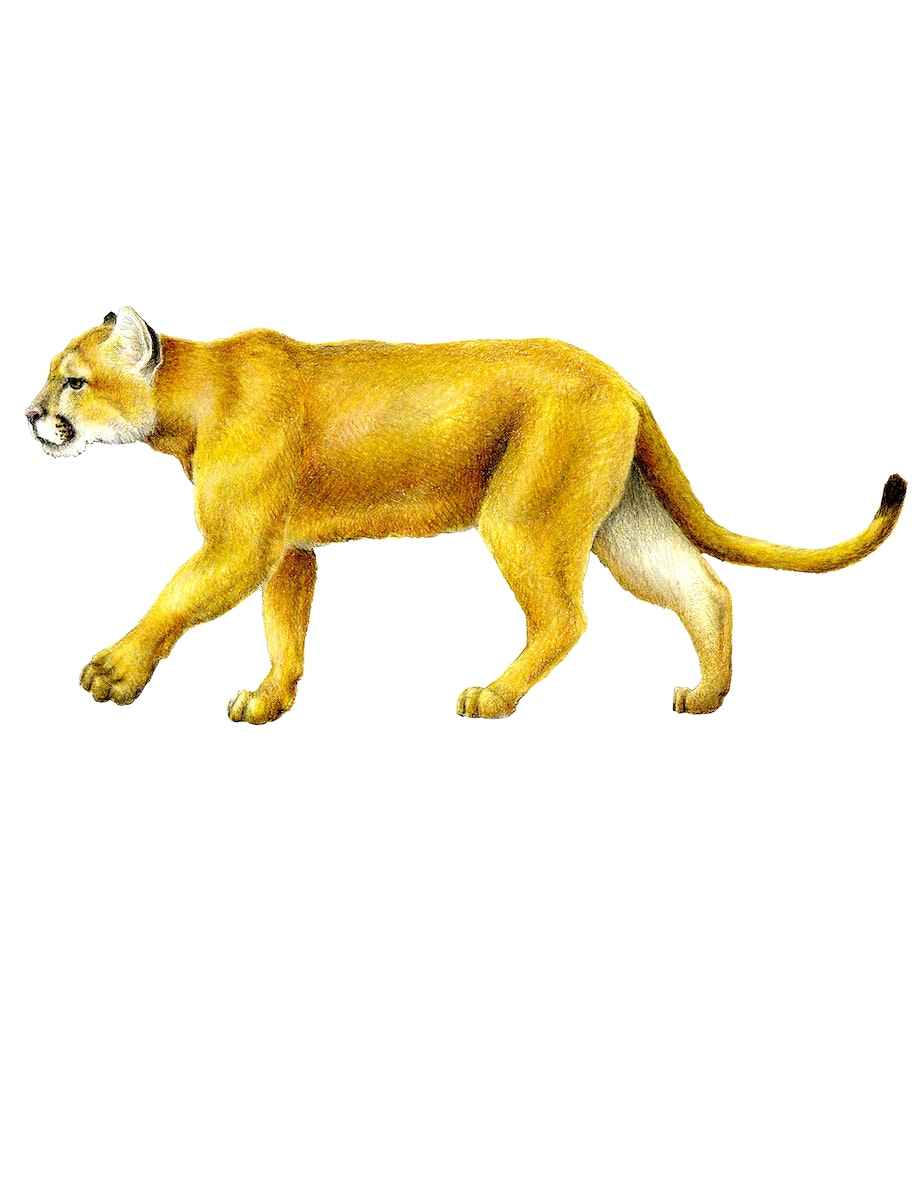To draw a mountain lion, you can follow these steps:
- Start by sketching the basic shape of the mountain lion’s head, including the eyes, nose, and mouth.
- Next, sketch the body, including the legs, tail, and ears.
- Add details to the mountain lion’s fur, such as the texture and patterns.
- Use shading to create depth and give the mountain lion a more realistic appearance.
- Finally, use eraser to clean up any unwanted lines and adjust the placement of the different elements of the drawing as needed.

Remember, drawing is a skill that takes practice and patience. Keep practicing and experimenting with different techniques to improve your skills over time.
Introduction
Drawing a mountain lion can be a challenging but rewarding experience for artists of all skill levels. In this article, we will provide a detailed and comprehensive guide on how to draw a mountain lion, covering the materials and preparation, sketching the basic shape, adding details and shading, and finishing touches.
Materials and Preparation
Before you begin drawing a mountain lion, it’s important to have the right materials. Here is a list of materials you will need:
- Pencils (HB, 2B, 4B, 6B)
- Eraser
- Sketchbook or drawing paper
- Reference photo of a mountain lion
It’s also important to prepare yourself mentally and physically before you begin drawing. Make sure you have enough time and are in a comfortable and quiet space where you can focus.
Take a look at your reference photo and study the mountain lion’s features, paying attention to its shape and proportions. This will help you to get a better understanding of the subject and give you a clearer idea of what you want to achieve with your drawing.

Sketching the Basic Shape
The first step in drawing a mountain lion is to sketch the basic shape. This includes the head, body, legs, tail, and ears. Start by sketching the head and then move on to the body.
When sketching the basic shape, it’s important to pay attention to the proportions and make sure that the head, body, and legs are in the right relationship to each other.
To sketch the head, start by drawing a large circle for the head and then add the eyes, nose, and mouth. To sketch the body, draw an oval shape for the torso and then add the legs, tail, and ears.
When sketching the basic shape, it’s important to use light lines so that you can easily make changes if needed.
Adding Details and Shading
Once you have the basic shape down, it’s time to add details and shading to give your mountain lion a more realistic appearance. Start by adding details to the mountain lion’s fur, such as the texture and patterns.
Use your pencils to create different shades and hues, and pay attention to the direction of the fur. This will help to give your mountain lion a more realistic and natural look.
Next, use your pencils to add shading to the mountain lion’s body. Start with the darkest areas and then work your way up to the lighter areas. Pay attention to the direction of the light and use your pencils to create highlights and shadows.
This will give your mountain lion a sense of depth and make it appear more lifelike.
Finishing Touches
Once you have added all the details and shading, it’s time to finish your drawing. Use your eraser to clean up any unwanted lines and adjust the placement of the different elements of the drawing. You can also add final details and highlights to make your mountain lion look more realistic and lifelike. Remember to step back and look at your drawing from a distance to get a better sense of the overall composition.

Conclusion
Drawing a mountain lion can be a challenging but rewarding experience. It’s important to have the right materials and be prepared mentally and physically before you begin.
Start by sketching the basic shape, and then add details and shading to give your mountain lion a more realistic appearance. Finally, use finishing touches to clean up your drawing and make it look more lifelike.
With practice and patience, you can improve your skills and create a beautiful, realistic drawing of a mountain lion.
What is the best paper to use for drawing a mountain lion?
It’s best to use a good quality sketchbook or drawing paper when drawing a mountain lion. The paper should be thick enough to handle multiple layers of pencils, and have a slight tooth to it, so the pencils can grip the surface better.
How do I create the fur texture of the mountain lion?
To create the fur texture of the mountain lion, you can use different pencils to create different shades and hues. Also, you can use different pencil strokes such as hatching, cross-hatching, and stippling to create the illusion of fur.
Using a blending tool such as a blending stump or your finger can also help to smooth out the pencil strokes and give the fur a more natural look.
How do I create depth and dimension in my drawing?
You can create depth and dimension in your drawing by using shading techniques such as hatching, cross-hatching, and stippling. Pay attention to the direction of the light and use your pencils to create highlights and shadows.
This will give your mountain lion a sense of depth and make it appear more lifelike.
How do I know when my drawing is finished?
It can be difficult to know when your drawing is finished. One way to tell is to step back and look at your drawing from a distance.
If you are happy with the overall composition and the mountain lion looks realistic and lifelike, then your drawing is probably finished.
How can I improve my drawing skills?
The best way to improve your drawing skills is through practice. Draw as much as you can, and experiment with different techniques and materials. Study the work of other artists and try to understand their techniques.
Take classes or workshops, if possible. Also, don’t be afraid to make mistakes, as they are an important part of the learning process.

